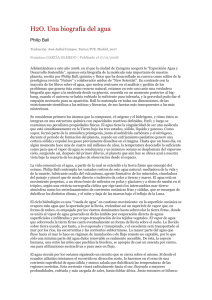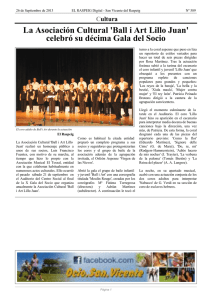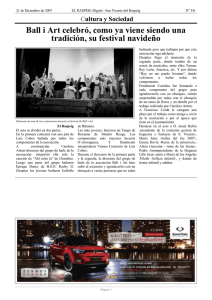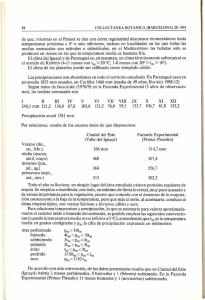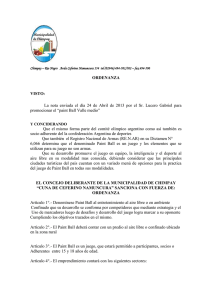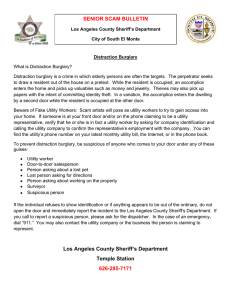Material para Ayudantía No. 5, Maximización de la
Anuncio
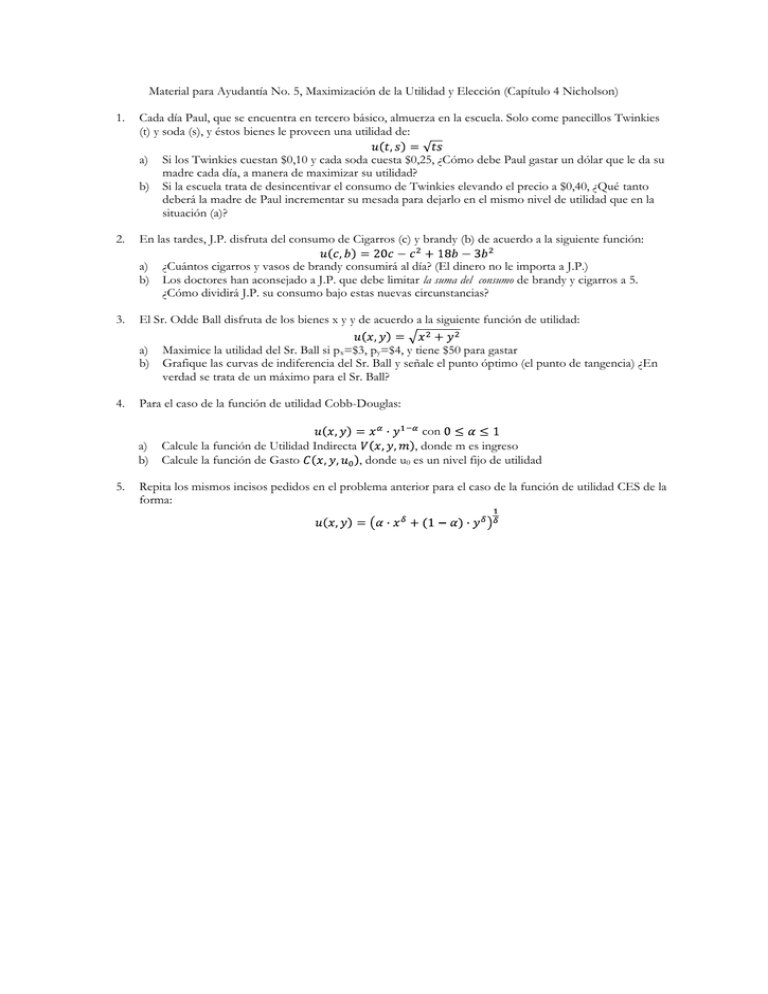
Material para Ayudantía No. 5, Maximización de la Utilidad y Elección (Capítulo 4 Nicholson) 1. Cada día Paul, que se encuentra en tercero básico, almuerza en la escuela. Solo come panecillos Twinkies (t) y soda (s), y éstos bienes le proveen una utilidad de: a) b) 2. En las tardes, J.P. disfruta del consumo de Cigarros (c) y brandy (b) de acuerdo a la siguiente función: a) b) 3. Maximice la utilidad del Sr. Ball si px=$3, py=$4, y tiene $50 para gastar Grafique las curvas de indiferencia del Sr. Ball y señale el punto óptimo (el punto de tangencia) ¿En verdad se trata de un máximo para el Sr. Ball? Para el caso de la función de utilidad Cobb-Douglas: a) b) 5. ¿Cuántos cigarros y vasos de brandy consumirá al día? (El dinero no le importa a J.P.) Los doctores han aconsejado a J.P. que debe limitar la suma del consumo de brandy y cigarros a 5. ¿Cómo dividirá J.P. su consumo bajo estas nuevas circunstancias? El Sr. Odde Ball disfruta de los bienes x y y de acuerdo a la siguiente función de utilidad: a) b) 4. Si los Twinkies cuestan $0,10 y cada soda cuesta $0,25, ¿Cómo debe Paul gastar un dólar que le da su madre cada día, a manera de maximizar su utilidad? Si la escuela trata de desincentivar el consumo de Twinkies elevando el precio a $0,40, ¿Qué tanto deberá la madre de Paul incrementar su mesada para dejarlo en el mismo nivel de utilidad que en la situación (a)? con Calcule la función de Utilidad Indirecta , donde m es ingreso Calcule la función de Gasto , donde u0 es un nivel fijo de utilidad Repita los mismos incisos pedidos en el problema anterior para el caso de la función de utilidad CES de la forma: 1 a. Set up Lagrangian £ ts (1.00 .10t .25s) . £ ( s / t )0.5 .10 t £ (t / s)0.5 .25 s £ 1.00 .10t .25s 0 Ratio of first two equations implies Hence t 2.5 s 1.00 = .10t + .25s = .50s. s=2 t=5 Utility = b. t 2.5s 10 New utility 10 or ts = 10 t .25 5 s .40 8 5s t 8 and Substituting into indifference curve: 5s 2 10 8 s2 = 16 s = 4 t = 2.5 Cost of this bundle is 2.00, so Paul needs another dollar. 2 U (c, b) 20c c 2 18b 3b 2 a. U = 20 2c = 0, c c = 10 | U = 18 6b = 0, b b= 3 So, U = 127. b. Constraint: b + c = 5 £ 20c c 2 18b 3b 2 (5 c b) £ = 20 2c = 0 c £ = 18 6b = 0 b £ = 5 c b=0 c = 3b + 1 so b + 3b + 1 = 5, b = 1, c = 4, U = 79 3 U ( x, y ) ( x 2 y 2 )0.5 Maximizing U2 in will also maximize U. a. £ x 2 y 2 (50 3x 4 y ) £ = 2x 3 = 0 x = 2x 3 £ = 2y 4 = 0 y = y 2 £ = 50 3x 4y 0 First two equations give y = 8 , U = 10. b. 4 y 4 x 3 . Substituting in budget constraint gives x = 6, This is not a local maximum because the indifference curves do not have a diminishing MRS (they are in fact concentric circles). Hence, we have necessary but not sufficient conditions for a maximum. In fact the calculated allocation is a minimum utility. If Mr. Ball spends all income on x, say, U = 50/3. U ( x, y ) x y1 a. The demand functions in this case are utility function gives x I px , y (1 ) I py . Substituting these into the V ( px , p y , I ) [ I px ] [(1 ) I p y ] BIpx p y(1 ) where B (1 )(1 ) . 5 E ( px , py ,V ) B 1 px p (1y )V . b. Interchanging I and V yields c. The elasticity of expenditures with respect to p x is given by the exponent . That is, the more important x is in the utility function the greater the proportion that expenditures must be increased to compensate for a proportional rise in the price of x. Think!


